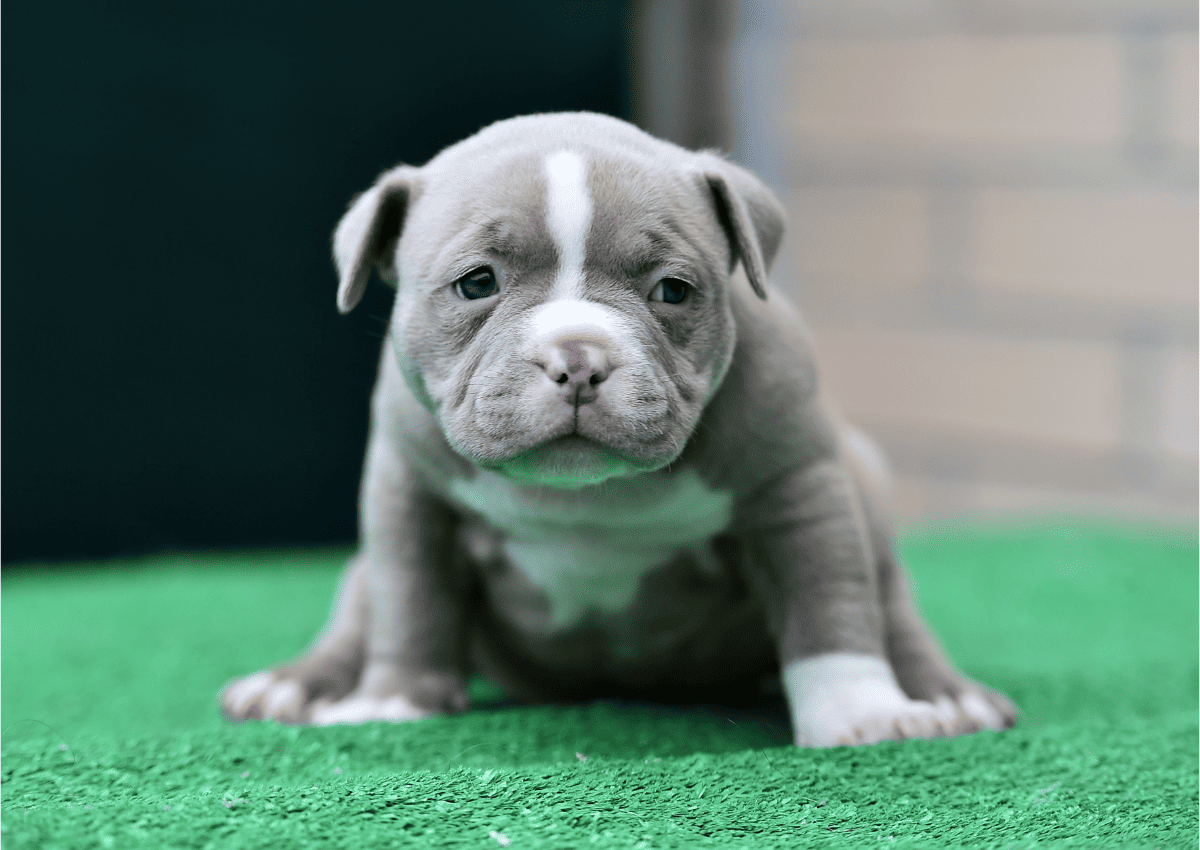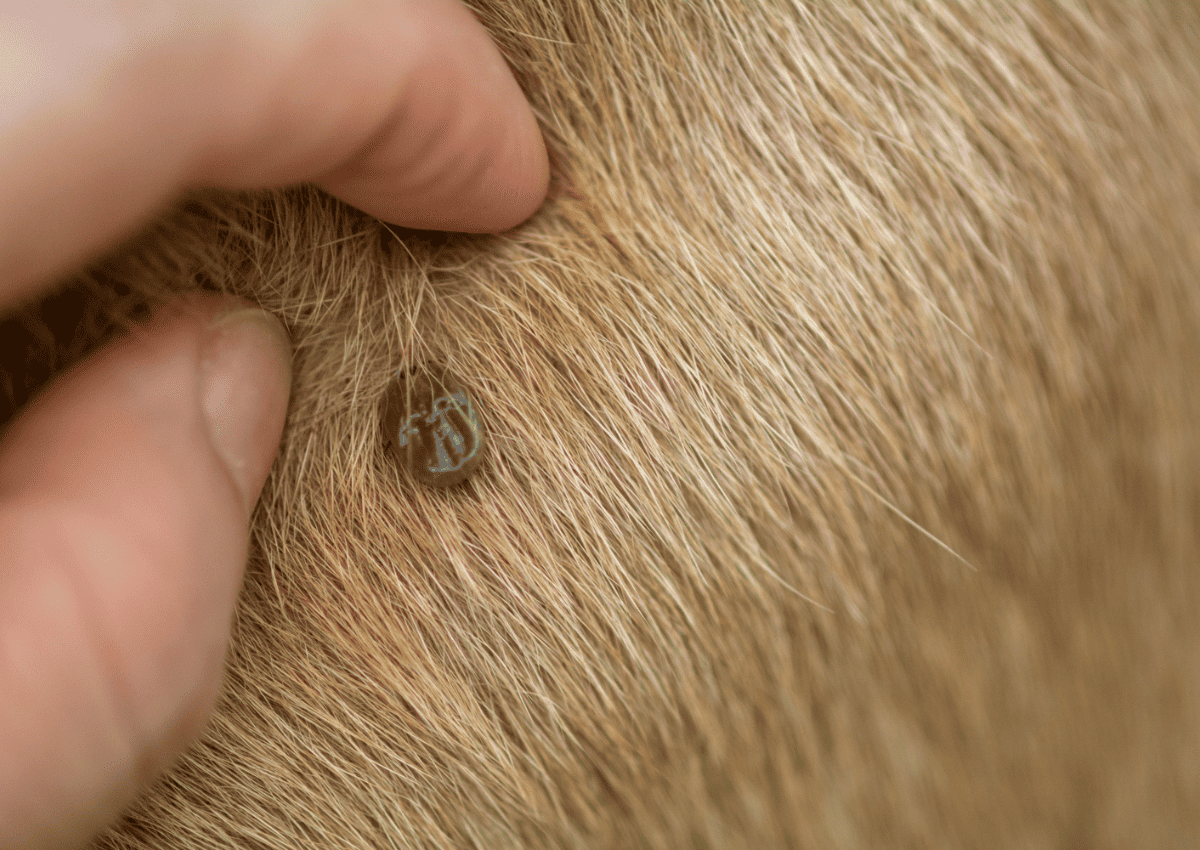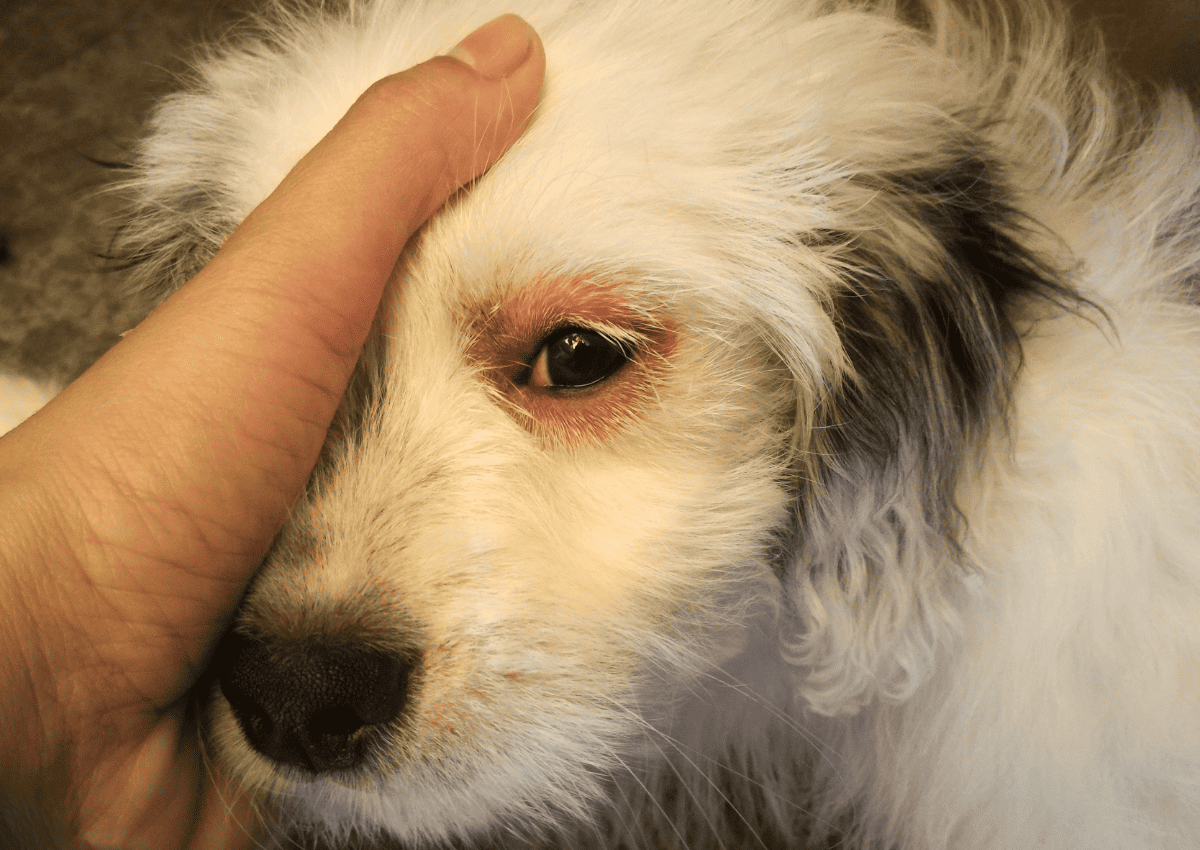The American Bully is one of the most lovable dog breeds out there. Initially bred to be a companion dog, American Bullies are a favorite among pet owners. Their loyal and carefree personality has definitely clicked with dog lovers. As implied by its breed name, these dogs originated in the United States in the 1980s.
Since then, the demand for American Bullies has gone up by a huge margin. However, these dogs face a few skin issues from time to time. Here are some common American Bully skin problems and how to address them.
What Causes Skin Problems in American Bullies?
Before getting into it, it’s best to learn what causes skin problems in American Bullies in the first place. While Bullies are known for their short skin coating, they are still prone to facing a variety of problems.
Extra skin folds and poor maintenance cause problems that range from infections to dryness. Even if American Bullies have short coats, regular hygiene is still important.
External factors such as the environment can also cause particular skin issues in American Bullies. The condition of a Bully’s skin also depends on the quality and cleanliness of the area they are in.

With that out of the way, these are some of the common skin problems that American Bullies face.

Get the 7 Biggest Training Mistakes free report!
Common American Bully Skin Problems
1. Yeast Infection
Yeast infections, among other fungal infections, are one of the most common skin problems in American Bullies. These infections usually pop up in the skin folds, ears, paws, and joints.
Additionally, yeast prefers warm, damp, and dark areas. Making skin folds in Bullies an ideal environment for fungi to spread. Yeast infections usually appear as waxy discharge in reddened spots in the skin.
To treat yeast infections, applying antifungal cream or shampoo can provide some relief. However, if the infection is more severe, consulting a veterinarian for oral medication is recommended.
Regularly wiping and cleaning the skin folds in an American Bully would also prevent yeast infection.
2. Skin Mites

Demodicosis mites, commonly referred to as ‘skin mites’, is another common skin issue among American Bullies. While a few of these critters generally don’t cause any harm, uncontrolled spreading of skin mites can cause problems.
Skin mites are more common in younger Bullies who have not yet fully developed their immune systems. Symptoms such as itching, redness, and hair loss are potentially caused by a skin mite infection.
To remove skin mites from an American Bully, heading to the vet as soon as possible is a must. If left unchecked, skin mites can cause long-lasting effects on a Bully.
Potential treatments include the use of antiparasitic products such as specially formulated shampoo. And even with these remedies, completely removing skin mites from an American Bully may take months.
3. Pyoderma (Intertrigo)
Pyoderma, which translates to ‘pus in the skin’, is another common skin problem that American Bullies face. Furthermore, Intertrigo, a less severe condition that falls under pyoderma, is also a common issue in Bullies.
A common name term for these conditions is skin fold dermatitis. As the name implies, this skin condition usually appears on the skin folds of an American Bully.
Pyoderma can usually be identified when a Bully’s skin folds have a foul smell, excessive moisture, and unusual heat. Skin fold dermatitis is treated with benzoyl peroxide wipes and steroid cream. For more severe cases, antibiotics can also be prescribed by a veterinarian.
4. Ichthyosis
Ichthyosis is a skin problem that can manifest in Bullies at a young age. Unfortunately, the condition cannot be prevented since it is hereditary. Ichthyosis is so common among Bullies that there is a sub-category of the disease associated only with the breed.
Ichthyosis originates from the Greek word for ‘fish’. The condition gets its name from the fish-like scales that dogs get on their skin due to the disease. If left untreated, the condition can get as uncomfortable as it sounds for Bullies.
Bullies affected by Ichthyosis develop thin and ragged coating at an early age. Calluses are also not unusual to see in affected dogs. Dandruff and constant greasy flakes are also some of the prominent symptoms in dogs with Ichthyosis.
Ichthyosis is a skin problem that sticks with American Bullies for the rest of their lives. Regular care and maintenance are needed for dogs affected by this issue. Usually, prescribed treatments such as medicated shampoo and moisturizers can bring relief.
5. Allergies
Canine atopic dermatitis, also known as simply CAD or Allergies, is prevalent in dogs. Bullies are especially prone to different kinds of allergies that affect their skin. While there are no long-lasting effects, allergies can cause relative discomfort to Bullies if not addressed.
Allergies can be easy to spot in Bullies as they develop at around 6 months to 3 years old. However, these allergies can also show up at a later time. But the symptoms remain the same regardless.
To spot allergies, some of the things to look out for are itchy, swollen, and reddish skin. Eczema and fungal infections can also pop up in Bullies experiencing an allergic reaction. Bullies can experience an allergic reaction due to several triggers.

Food Allergies
Bullies have a tendency to be allergic to food such as chicken, wheat, soy, corn, and beef. Consulting with a vet to create a food list for an allergic Bully can sort things out.
Seasonal Allergies
Seasonal allergies can be triggered by pollen grains from trees and weeds. Bullies that have seasonal allergies experience itching and sneezing.
Mold Allergies
Mold allergies are usually caused by mold spores that build up around damp areas. Bullies that have this type of allergic reaction have common symptoms, including difficulty breathing and anaphylactic shock.
Treatment
CAD is usually treated with antihistamines, antibiotics, and medicated baths that are all prescribed by a professional. Immunotherapy shots and an allergy-friendly diet can also be recommended.
Conclusion
These are just some of the most common skin problems that American Bullies face. At the end of the day, preventing skin conditions before they become more intense is essential.
Ensuring that a Bully is fed right and bathed adequately on a regular basis will prevent future complications. Visiting the veterinarian on a periodic basis to track an American Bully’s skin health is also a must.
